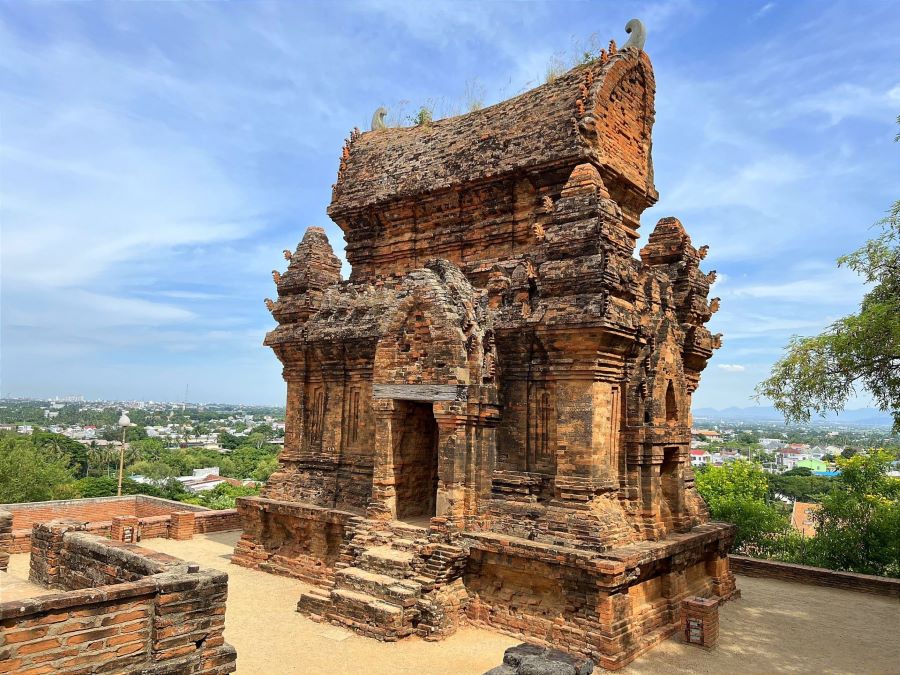Mu Cang Chai travel guide – everything you need to know before planning your trip. Located in the Northwest of Vietnam, Mu Cang Chai now belongs to Lao Cai Province (after the merger of Yen Bai and Lao Cai). About 300 km from Hanoi, it is one of the most iconic destinations in Northern Vietnam. Famous for its terraced rice fields, Khau Pha Pass, and the culture of Mong and Thai ethnic groups, this mountain district offers a mix of breathtaking landscapes and authentic local life. If you are still in the early stage of planning, you might also like our complete travel to Vietnam guide 2026. In this article, you’ll find the best time to visit Mu Cang Chai, how to get there, top things to do, suggested itineraries, and practical tips to make your journey safe and memorable. For those who prefer a tailored experience, feel free to design your own customized Vietnam tour with us.

Why Visit Mu Cang Chai
Set deep in valleys along the Red River system and on the western flank of the Hoang Lien Son range, Mu Cang Chai is famed for hand-carved rice terraces, ethnic minority culture (Mong and Thai communities), high passes, and photo-worthy sunrises. Compared with mainstream routes, it’s more rustic, with winding roads and dramatic viewpoints that reward careful planners and patient photographers.
On your tour to Northern Vietnam, Mu Cang Chai is an off-the-beaten-track stop that pairs well with Nghia Lo and Tu Le valley.
Geography, People & Culture
Location
Mu Cang Chai sits around ~1,000 m above sea level on the western flank of the Hoang Lien Son range. It is now part of Lao Cai Province after the recent administrative merger. Access is primarily via QL32 over the Khau Pha Pass—one of Northern Vietnam’s iconic mountain routes.
Ethnic Communities

The district is home to Mong and Thai communities among others. You’ll find stilt-house villages, wet-rice cultivation in valley floors, and brocade weaving traditions. Please be mindful around fields, graves, and family altars; dress modestly in villages and markets.
Best Time to Visit Mu Cang Chai
- Golden season: Late September–mid October—terraces turn gold, peak photo season.
- Water-pouring season: May–June—mirrored paddies, dramatic reflections at sunrise/sunset.
- Daily window: 06:00–07:30 and 16:30–17:45 often give the most pleasing light.
How to Get from Hanoi to Mu Cang Chai
By Car (Recommended)
Private car or reputable sleeper buses typically cover ~300 km in 6–8 hours via QL32 (conditions vary). On arrival, rent a motorbike locally to access viewpoints.
By Motorbike (Experienced Riders Only)
- Khau Pha is a long mountain pass with fog, livestock, and gravel patches. Avoid night rides and heavy rain.
- Carry proper documentation, tool kit, and warm layers. Fuel up before remote stretches.
By Train + Bus
No direct train to Mu Cang Chai. You can ride Hanoi → Yen Bai by train, then connect by local bus/minivan.
Top Things to See & Do
La Pan Tan & Mam Xoi Viewpoint

Khau Pha Pass (Camping & Paragliding)

Tu Le Valley (Hot Springs & Stream Bathing)
Known for green sticky rice and valley scenes.
Fagopyrum esculentum Flower Fields

Mo Waterfall

Highland Market
Saturday/Sunday markets are lively for produce, foraged foods, and woven textiles.
Suggested Itineraries
2 Days (Photo Highlights)
Day 1: Hanoi → Tu Le → Khau Pha → Mu Cang Chai sunset.
Day 2: Sunrise at La Pan Tan/Mam Xoi → village walk → return to Hanoi.
3 Days (Festival/Paragliding Window)
Day 1: Hanoi → Nghia Lo → Tu Le valley.
Day 2: Khau Pha (paragliding if running) → Mu Cang Chai sunset.
Day 3: Sunrise at Mam Xoi → Mo waterfall or market → Hanoi.
Where to Stay
Base yourself near town or La Pan Tan for terrace views. Expect simple rooms; some eco-lodges and homestays offer private rooms and dorms.

Local Food & Souvenirs
Tu Le Green Sticky Rice

Stir-fried Forest Bees with Lemon Leaves

Roasted Grasshoppers

Salmon (Tu Le area)

Other Take-homes
- Chili bamboo shoots (Tram Tau style)
- Local honey
- Docynia indica (wild apple) wine
- Seasonal plums (“Tam Hoa”)
- Roasted stream crabs


Festivals & Heritage
Golden Season & Paragliding (Khau Pha)

Terraced Fields & Thai Xoe Dance


Practical Tips, Safety & Etiquette
- Road safety: Fog, livestock, gravel, and hairpins are common. Avoid riding at night.
- Respect fields: Do not step into terraces; use marked paths and photo platforms when available.
- Drone use: Ask locally about no-fly zones.
- Cash & connectivity: ATMs and card acceptance are limited; bring cash.
- Clothing: Dress modestly in villages/markets; ask before close-up portraits.
Want a hassle-free plan? See our curated Best Vietnam tours.








